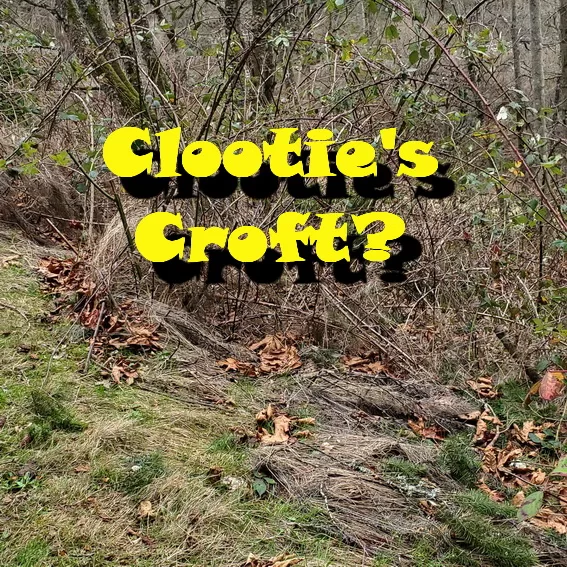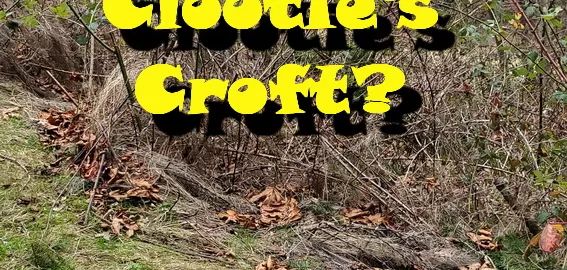Making My Peace with Weeds
Despite believing that we should work with nature rather than against nature, I’ve sometimes thought of my backyard forest restoration as a war against weeds. Recently however, I’ve been pondering some of the practical, ecological, and even philosophical reasons that I should make my peace with some of the weeds in some of the places.
Wars ideally end with settlements based on first principles, and in forest restoration I believe that preservation of existing trees (here, here, and here) is almost always more important than the removal of weeds. Some practical and ecological examples include,
— leaving established Ivy on steep slopes where restoration of native plants would be impractical,
— allowing some annuals like Nipplewort and Wall Lettuce to maintain populations in the forest understory rather than damaging soil and tree roots by repeatedly tramping over fragile soil to remove them, and
— controlling annual weeds in some edges with mowing instead of pulling to reduce erosion and build up soil.
And beyond practical and/or ecological considerations, I think there may even be philosophical reasons to find peace with weeds. Why? Because in the long run, the overall effects of our forest restoration practices are unknowable*. One way of acknowledging that reality might be to think of some areas as “Clootie’s Crofts.”
Clootie’s Crofts
If you were trying to grow your own food in the 1970’s you may recall the story of Findhorn Ecovillage, an intentional community in Scotland where the founders supposedly met with Pan and agreed to permanently set aside a piece of their land in which all of the deity’s plant tribes, including weeds, could grow undisturbed. In exchange, Pan would allow the humans unfettered use of the rest of their land for cultivation. In parts of Scotland such permanent set-asides were once known as Clootie’s Crofts.
I haven’t communicated with Pan myself, and I’m not really that superstitious, but I have found some peace of mind in designating some areas as Clootie’s Crofts. They are areas which for one reason or another I’ve decided to keep out of. I’ll continue to work around them and try to keep the resident invasive plants from spreading. But instead of worrying about the weeds in them, I’ll try to imagine them as a place where Pan and his fellow nature spirits can revel undisturbed in their no-man’s land of tangles and thorns. I’ll think of these Clootie’s Crofts as symbols of nature’s supremacy and reminders of my own ultimate forest restoration ignorance.

*As Jim Corbett approached the end of his long life in the outdoors he realized that despite everything he had learned, he was still at the beginning of understanding.
